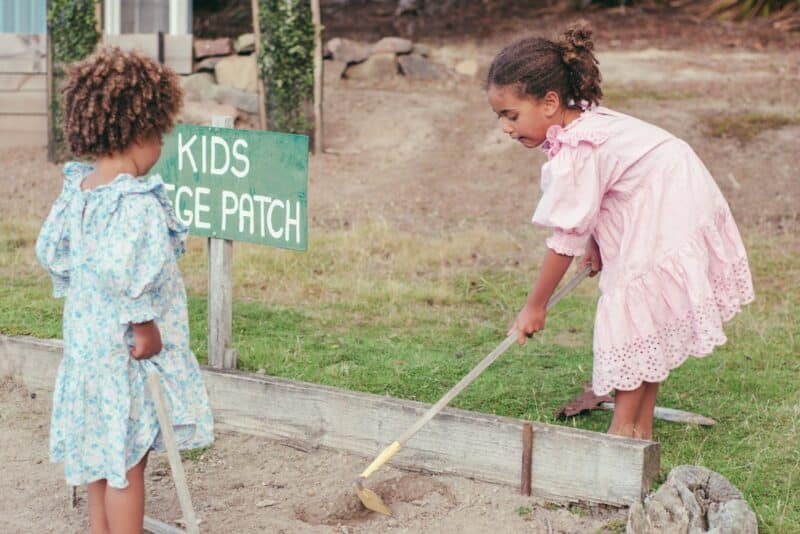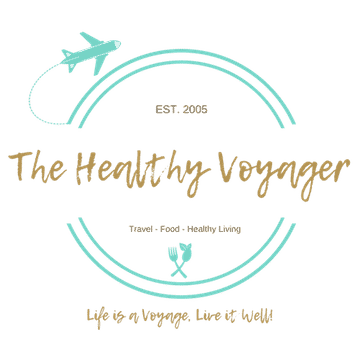
The Power of Practical Lessons
First things first, let’s make it practical. Long gone are the days of dry, lecture-based health classes that feel more like a snooze fest than education. How about we take health lessons outside the classroom? Picture this: schools organizing cook-offs where students use fresh, local ingredients to create meals that are not only Instagram-worthy but nutritious, too. This hands-on approach doesn’t just teach them what’s healthy; it shows them how to make it a part of their everyday lives.
Technology as a Teacher
We’re talking to a generation that’s tech-savvy from the get-go, so why not use that to our advantage? Apps that track dietary habits, physical activity, and even mental health can be game changers. Imagine a classroom discussion where students share data from their fitness trackers to learn about heart rate, the effects of exercise, or even sleep patterns. It’s about making the invisible visible—quite literally.
Storytelling vs. Statistics
Here’s where it gets even cooler. Swap out the stats-heavy pamphlets for compelling stories and real-life testimonials. People resonate with narratives much more than numbers. Have someone who recovered from a serious illness by changing their lifestyle speak to the kids. Perhaps a day dedicated to understanding how excessive noise exposure can lead to conditions like noise-induced hearing loss, highlighting personal stories of young individuals affected by it. It’s about creating a narrative that sticks.
Environmental Health: More Than Just a Buzzword
Health isn’t just personal; it’s also about our environment. This generation is passionate about making a difference, so let’s link health education to environmental impact. Discuss how biking or walking not only boosts physical health but also reduces carbon footprints. Teach them about sustainable eating—not just for their body’s sake but for the planet’s too.
The Role of Mental Health
Now, we can’t talk about health without talking about mental health. This needs to be a BIG part of the conversation. From mindfulness exercises to understanding and managing stress, young people should learn these skills early on. Schools could have “Mental Health Mondays,” where the first hour is dedicated to practicing mindfulness, discussing feelings, or simply doing activities that lower stress. This promotes not just learning about mental health but actively practicing it.
Making It a Community Effort
Last but not least, let’s make health education a community celebration. Bring in local fitness instructors for a Zumba class in the park or local chefs who specialize in healthy eating. When the community gets involved, the message is stronger and the commitment deeper.
So, there you have it! Teaching the younger generation about health doesn’t have to be a drag. It can be dynamic, deeply engaging, and downright fun. By stepping out of the conventional frameworks and tapping into practical, technological, and narrative-driven methods, we can spark genuine interest and lifelong habits. Here’s to a healthier future, starting with our savvy, screen-loving, yet wonderfully capable young minds. Let’s make health education something they’ll want to log off TikTok for—at least for a little while. Cheers to health in all its modern glory!






